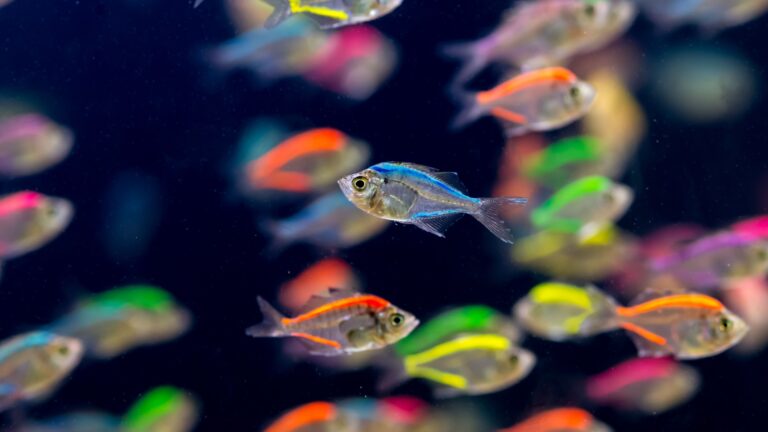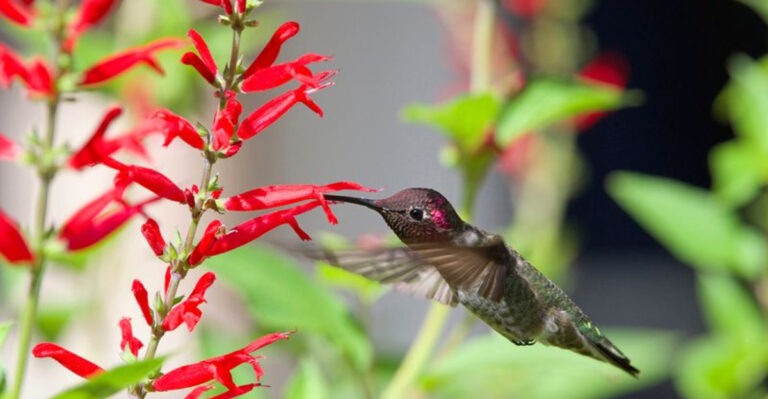How Massive Cruise Ships And Overcrowded Tourism Are Damaging This Pristine Whale Shark Habitat
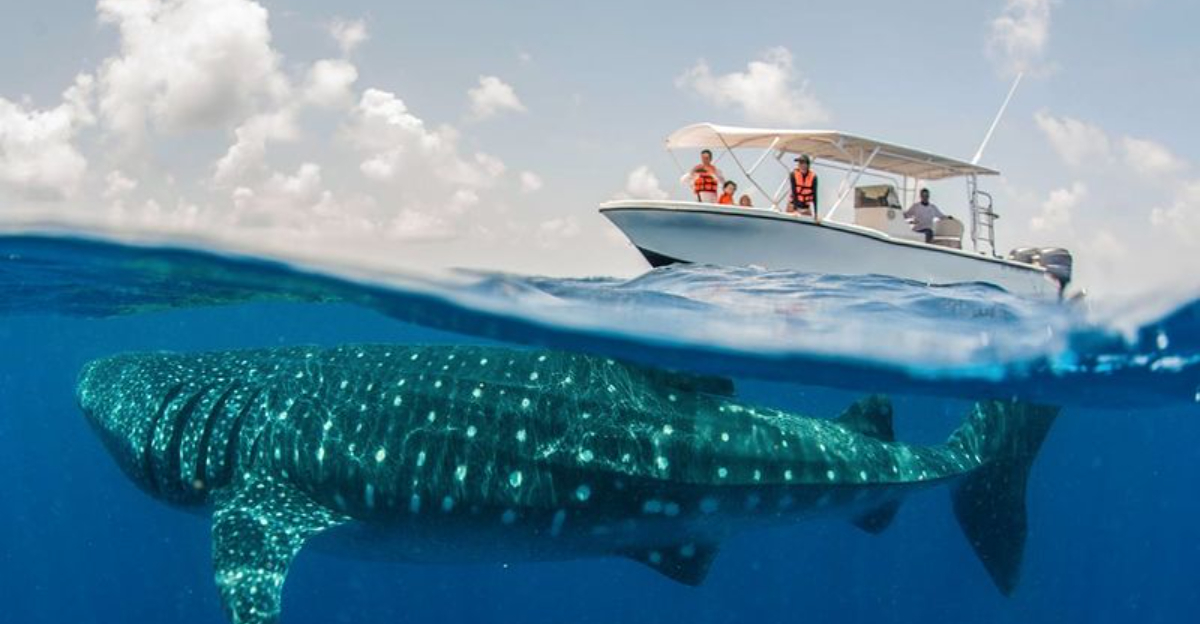
The Bay of La Paz in Mexico’s Baja California Peninsula has long been a sanctuary for the magnificent whale sharks.
These gentle giants come to feed in the nutrient-rich waters, creating a natural spectacle that draws visitors from around the world.
But the surge in cruise ship traffic and mass tourism threatens this delicate ecosystem. The consequences for these endangered creatures and their habitat are becoming increasingly alarming.
1. Chemical Pollution Poisoning The Waters
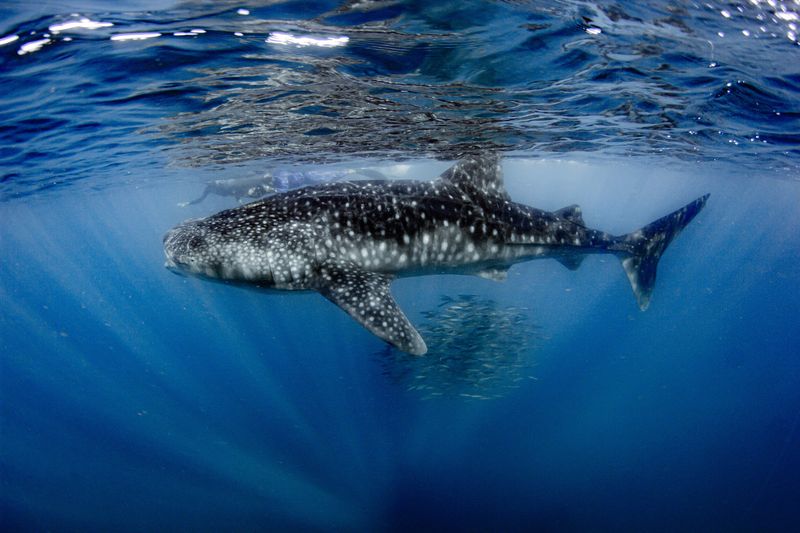
Cruise ships dump thousands of gallons of toxic waste into the Bay of La Paz daily. These floating cities release chemicals from cleaning products, paints, and fuel that contaminate the water whale sharks feed in.
The toxins build up in the plankton – the whale sharks’ primary food source – creating a dangerous domino effect throughout the food chain. Many whale sharks now show skin lesions and behavioral changes linked to chemical exposure.
Local conservation groups have documented a 40% increase in water pollutants since the cruise industry boom began five years ago.
2. Noise Pollution Disrupting Feeding Patterns
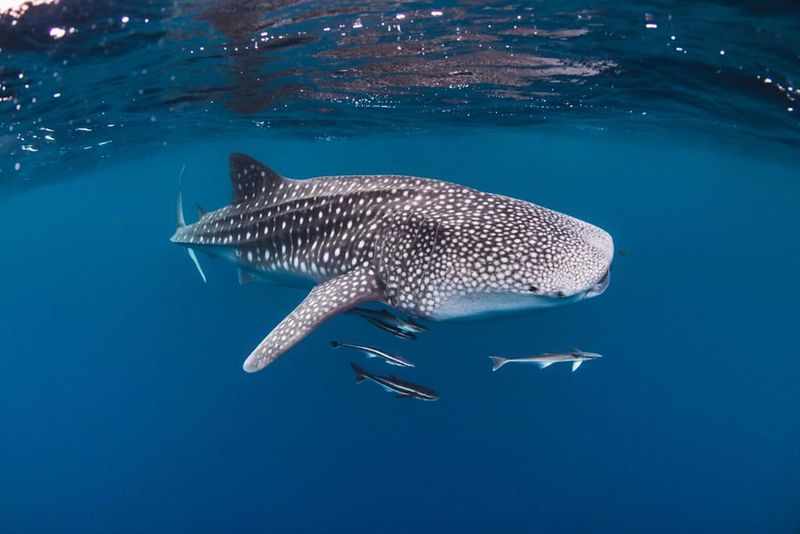
The constant rumble of massive ship engines creates underwater noise that travels for miles. Whale sharks rely on their sensitive hearing to detect food sources and communicate with each other.
Scientists have tracked dramatic changes in feeding behavior when cruise ships are present. The sharks often abandon prime feeding areas when noise levels spike, forcing them into less optimal waters with fewer nutrients.
Research shows whale sharks now spend 35% less time in their traditional feeding zones during peak cruise season compared to ten years ago.
3. Physical Collisions Causing Deadly Injuries

Whale sharks swim slowly near the surface while feeding, making them vulnerable to strikes from vessel hulls and propellers.
The Bay of La Paz now sees over 200 cruise ships annually, creating a maritime highway through critical habitat. Nearly 30% of whale sharks in the region bear scars from boat collisions. These gentle creatures can’t maneuver quickly enough to avoid the massive ships.
Fatal collisions have increased 65% in the past decade. Even non-fatal injuries can lead to infection, impaired movement, and eventual death for these endangered animals.
4. Anchor Damage Destroying Crucial Seabed Habitats
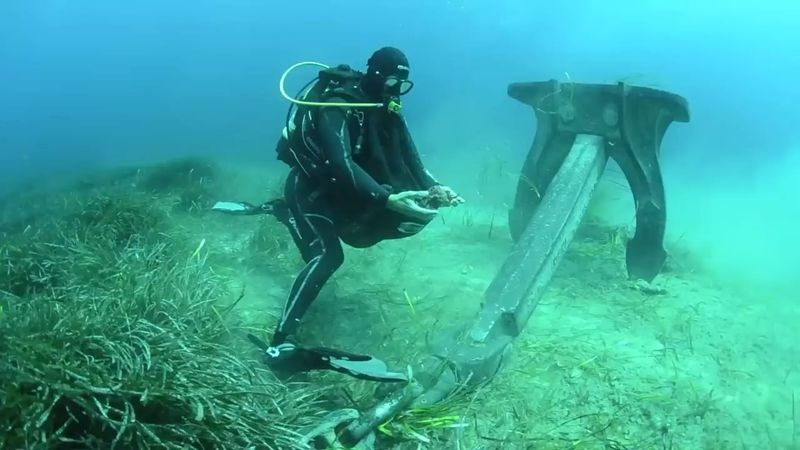
Massive cruise ship anchors tear through the seabed like bulldozers. A single anchor drop can destroy hundreds of square feet of marine habitat in seconds.
The seafloor in the Bay of La Paz supports diverse ecosystems that filter water and provide nutrients for the plankton whale sharks depend on. Regular anchor damage has created barren zones where nothing grows.
Marine biologists have documented a 70% reduction in seabed biodiversity in popular anchoring spots. Without healthy seafloor habitats, the entire food web supporting whale sharks begins to collapse.
5. Overcrowded Tour Boats Harassing The Sharks

Morning tours in the Bay of La Paz often resemble a frantic race. Dozens of boats chase after the same few whale sharks, with captains radioing each other about sightings.
Tourists eager for perfect photos frequently violate the recommended 15-foot distance rule. Some even grab the sharks’ fins for selfies, causing stress and skin damage to these gentle creatures. Whale sharks now display avoidance behaviors never before documented.
Many have abandoned traditional feeding grounds entirely, seeking refuge in deeper waters where food is scarce but tourists are fewer.
6. Sunscreen Chemicals Bleaching Coral Reefs

Every day, thousands of tourists slather on sunscreen before jumping into the bay’s crystal waters. Most commercial sunscreens contain oxybenzone and octinoxate – chemicals proven to bleach coral and damage marine life.
The Bay of La Paz’s coral reefs provide crucial habitat for the small fish and crustaceans that feed on the same plankton as whale sharks. As reefs die, the entire ecosystem shifts out of balance.
Water samples now show sunscreen chemical concentrations up to 12 times higher than levels known to harm marine life. The worst pollution occurs at popular whale shark viewing spots.
7. Waste Dumping Creating Dead Zones

Cruise ships generate over 1 million gallons of sewage weekly in the Bay of La Paz. Despite regulations, many vessels discharge waste directly into the sea to avoid disposal costs.
This human waste creates algal blooms that deplete oxygen levels in the water. The resulting “dead zones” kill off the plankton whale sharks rely on for survival.
Satellite imagery reveals these oxygen-depleted areas have expanded 300% since 2015. Whale sharks now swim through toxic waters that offer little nutritional value, forcing them to travel farther for food and expend precious energy.
8. Plastic Pollution Choking Marine Life
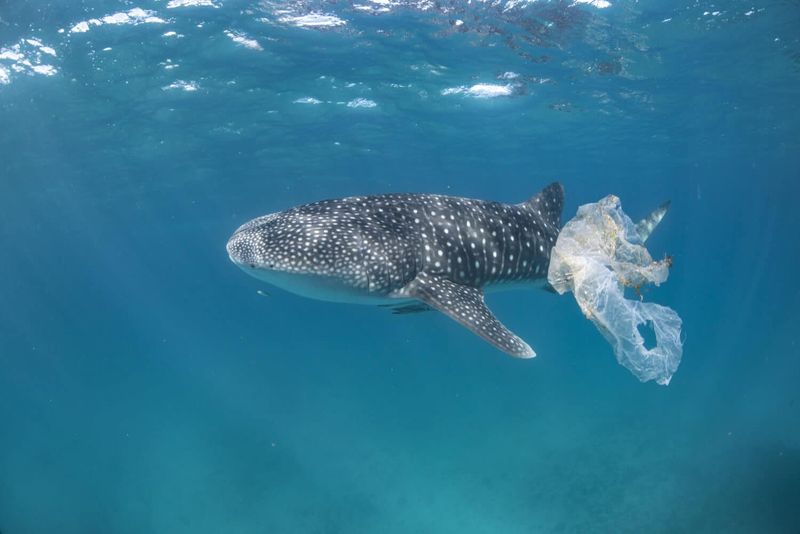
The surge in tourism has created a plastic nightmare in the Bay of La Paz. Single-use water bottles, straws, and food containers wash into the bay by the thousands daily.
Whale sharks are filter feeders, gulping huge volumes of water to extract plankton. Microplastics now mix with their food, entering their digestive systems and causing internal damage.
Beach cleanups now collect an average of 250 pounds of plastic per mile – triple the amount found a decade ago.
Scientists have identified plastic particles in tissue samples from local whale sharks, proving these pollutants are becoming part of their bodies.
9. Habitat Fragmentation From Shore Development

New cruise terminals and tourist facilities have transformed the Bay of La Paz’s coastline. Mangroves and natural shorelines once filtered runoff and provided nurseries for marine life in the ecosystem.
Construction has destroyed over 60% of these critical buffer zones. Without them, silt and pollutants flow directly into the bay, clouding the water and suffocating coral.
Whale sharks avoid these murky areas, creating a patchwork of fragmented habitat. This forces them to swim through dangerous shipping lanes when moving between feeding zones, increasing collision risks and stress levels.
10. Light Pollution Altering Natural Behaviors
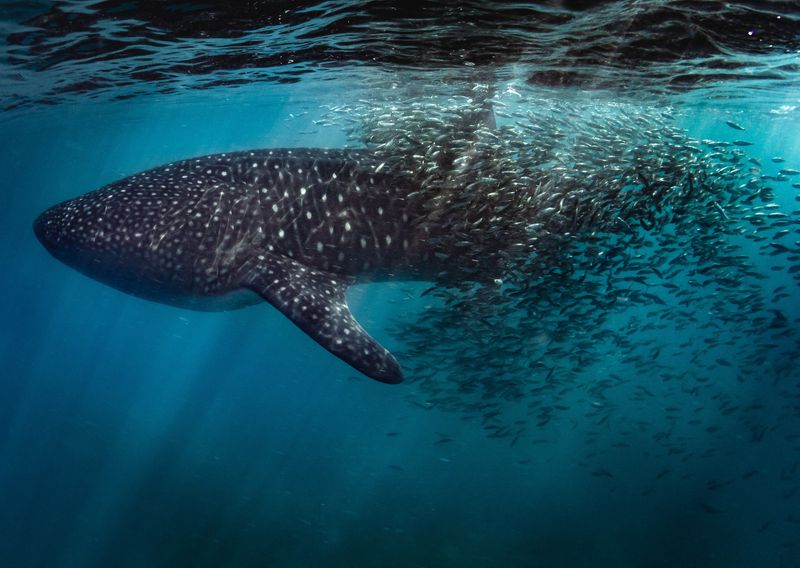
Cruise ships illuminate the night with thousands of lights that penetrate deep into the water. This artificial glow disrupts the natural light cycles marine life has evolved with for millions of years.
Research shows plankton in the Bay of La Paz now behave erratically under these conditions. Their irregular movements confuse whale sharks, making feeding less efficient.
Nighttime feeding, once common among whale sharks in the bay, has decreased by 70% in illuminated areas.
The constant light also interferes with breeding behaviors of many species in the ecosystem, threatening the food web from its foundation.
11. Carbon Footprint Warming The Waters
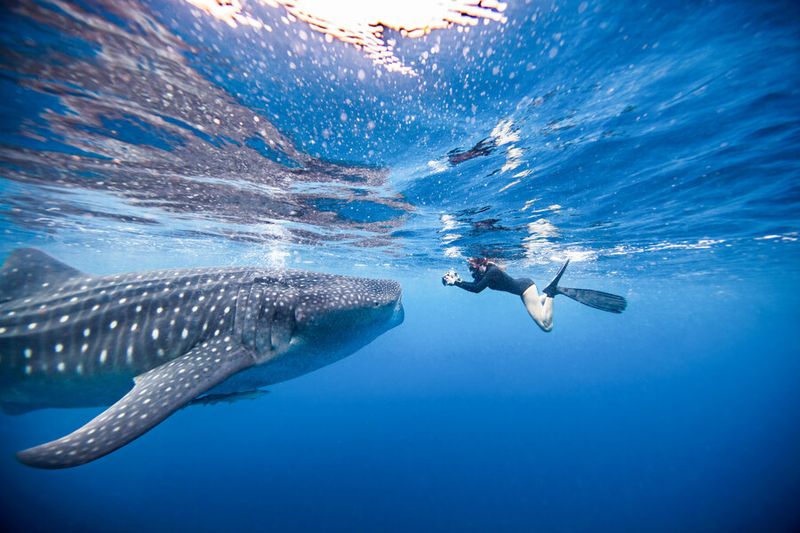
A single cruise ship burns more fuel daily than thousands of cars. The massive carbon emissions contribute to ocean warming and acidification in the Bay of La Paz.
Water temperatures have risen 1.2°C in the past 20 years – a dramatic change for marine life. Whale sharks are extremely sensitive to temperature shifts, which affect plankton abundance and distribution. Warmer waters hold less oxygen and support fewer plankton blooms.
Scientists have documented whale sharks spending 45% less time in the bay during summer months compared to historical patterns, suggesting the habitat is becoming less suitable as temperatures rise.
12. Unregulated Fishing Pressures From Tourism Demand
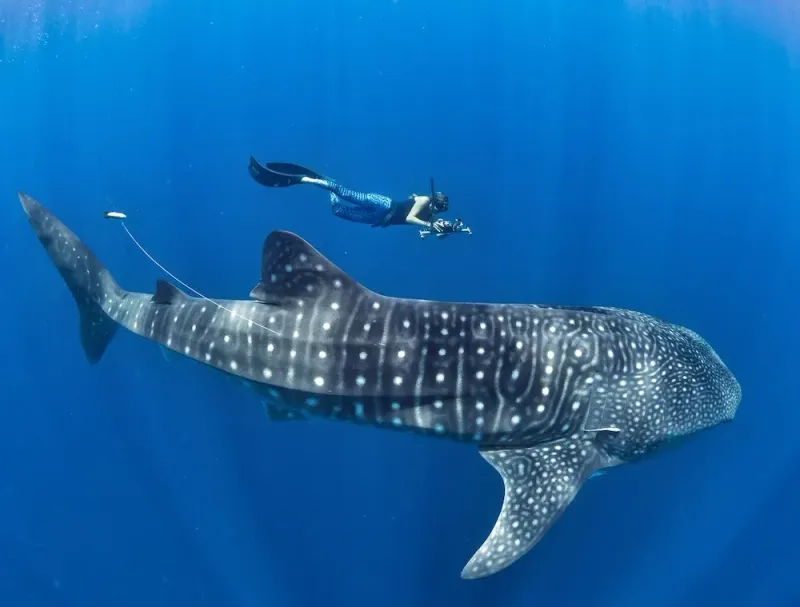
The explosion of tourism has created voracious demand for seafood in the Bay of La Paz. Local fisheries now operate beyond sustainable limits to feed hungry visitors.
Overfishing disrupts the delicate balance of marine ecosystems. When certain fish species decline, it triggers changes throughout the food web that ultimately affect plankton distribution – the whale sharks’ primary food.
Bycatch from increased fishing activity also directly harms whale sharks. Entanglement in fishing gear accounts for 25% of documented whale shark injuries in the region, with juveniles particularly vulnerable to abandoned nets and lines.



